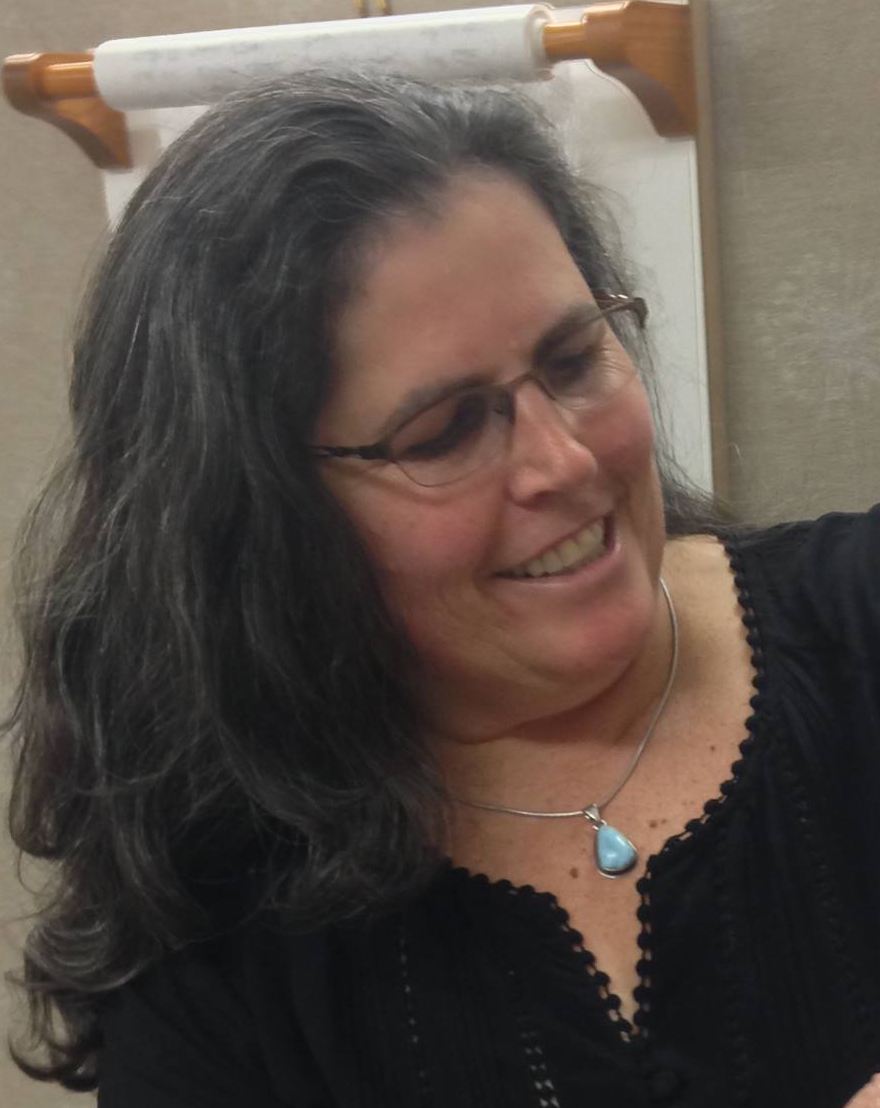Ask a Simple Question, Get a Simple Answer? Birth Matters March 2019
By Laura Maxson, LM
“I’d like to have a natural birth. Is that ok?” While, “Sure, that sounds great,” might seem like the right answer from a care provider, it’s not necessarily a helpful answer. Instead of this one question, a pregnant woman needs to ask many questions while seriously considering the answers. Wanting a natural birth is not the same as having one. Of course there are no guarantees as to how a birth will go, but there are ways to tip the balance toward natural birth.

Be specific. Ask, “What can you do to help me have a natural birth?” There are many ways this can be answered, but the answer should include many of the following points:
- Get a referral for a birth doula. Doulas are recommended by the American Congress of Obstetricians and Gynecologists (ACOG) to reduce primary cesareans. A referral letter for a doula from your care provider might help with reimbursement from insurance.
- Request intermittent auscultation as long as labor remains low risk. A hand-held Doppler can be used to check on baby’s heartbeat when needed as opposed to continuous electronic fetal monitoring, which is associated with an increase in cesareans without improving outcomes in low-risk labors.
- Utilize water in labor. Water therapy is one of the most effective methods of dealing with contractions. The shower is great, but a deep tub is especially helpful once active labor has started. A waterproof Doppler should be on hand to monitor the baby. Partners and support people should bring a bathing suit and/or extra clothing to be in the shower or tub together.
- Encourage eating and drinking in labor. In the absence of complications, there is no need for an IV. Consume electrolyte drinks such as recharge or coconut water. Labor is hard work and eating lightly will help keep energy up. Plan for a few bites of easily digestible food, at least every hour. Some might say it is dangerous to eat in labor in case a cesarean is needed. However, spinal anesthesia is used for virtually all cesareans now, and, if for some reason, general anesthesia is called for, modern intubation methods make the chance of aspiration very remote.
- Another great way to encourage a low-risk labor is to let it start on its own. Explore reasons for induction of labor and the availability of patient choice ahead of time. While there are currently many circumstances where induction of labor may be suggested, the choice is still up to the parents. Obviously, there are cases where induction is clearly necessary, such as with preeclampsia, but the studies on many other scenarios for induction have more grey areas and an individual’s risk for waiting for labor versus induction may vary greatly.
Get educated about natural birth – take a childbirth class, go to prenatal yoga, check out evidencebasedbirth.com and read a few books. Ina May’s Guide to Childbirth and Birthing from Within are two good ones to start with. Request that it’s written in your chart that you are aware of the pain medications options and will ask for them if you are interested. Note also that you’d like to decline the pain assessment while you’re in labor. Some- times all that talk about “how is your pain” and “how are you coping” actually brings more attention than is needed to contractions.
Go into labor on your own and stay home until labor is well established. Know your doula will be with you to offer lots of labor coping tips. Keep the lights low and avoid conversation to help stay in the “labor zone.” Give yourself plenty of time to let labor progress. Labor can progress slowly at times, so there is a need for patience. Unless there is something else going on, Pitocin or breaking the bag of water to speed up labor is unnecessary.
If your care provider doesn’t automatically cover all this information, ask the questions directly. Find out how he or she feels about intermittent auscultation, eating in labor, routine induction before 42 weeks and especially their definition of natural birth. The time to find the answers to these question are before labor begins, when there is still time to do some research and possibly change care providers and/or location of birth if need be.
Laura Maxson, LM, CPM, the mother of three grown children, has been work- ing with pregnant and breastfeeding women for over 30 years. Currently she is the executive director of Birth Net- work of Santa Cruz County and has a homebirth midwifery practice. Contact her at midwife@scshop.com or postmaster@birthnet.org
Laura Maxson has been the director of Birth Network since 1998. She became an advocate in the early ’80s after experiencing a lack of information and choice around birth and breastfeeding. Laura has worked as a breastfeeding counselor, childbirth educator, doula, and homebirth midwife.








